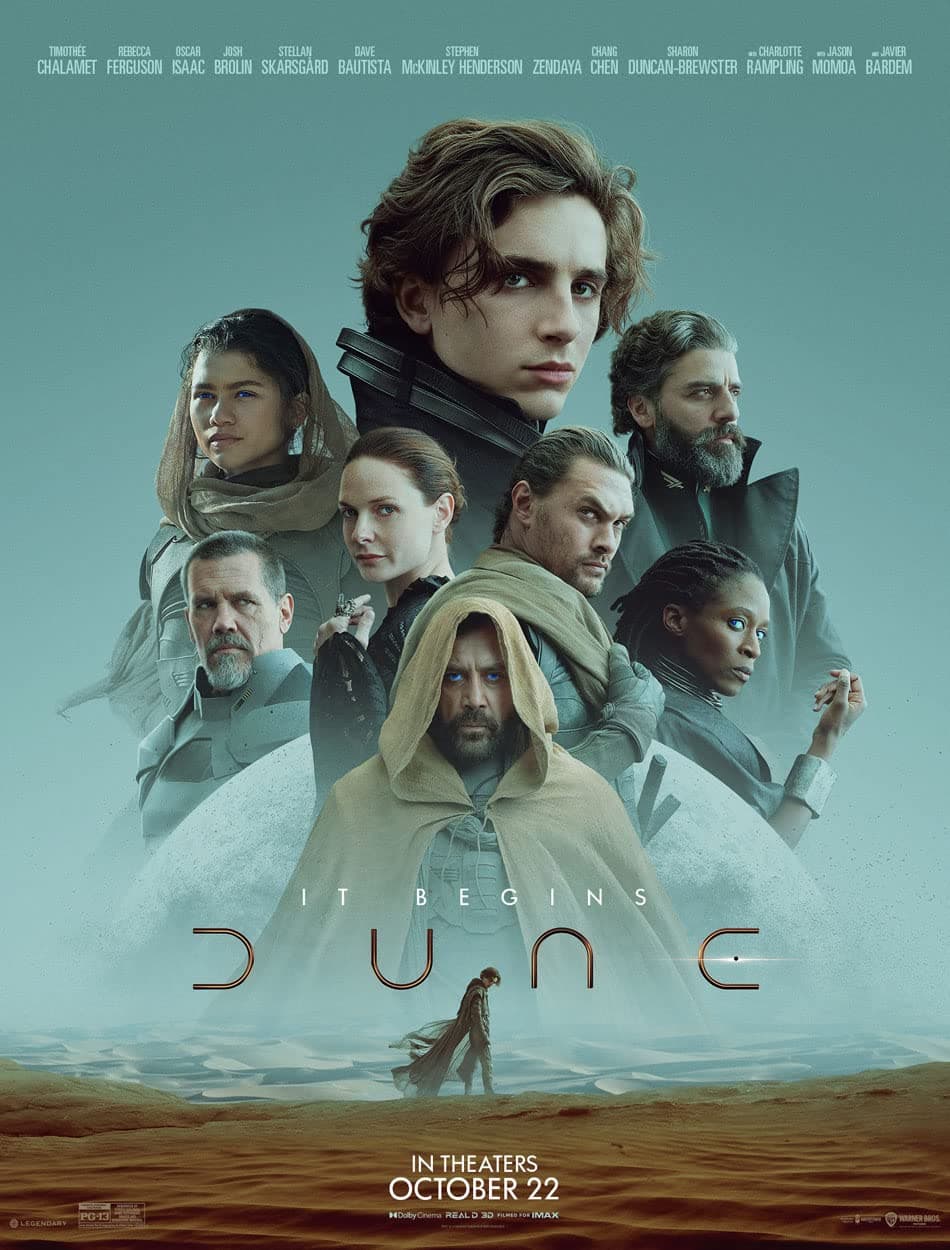
Dune - Part One and Part two
2021
Rate this movie
Average: 3.67 / 5
(3 votes)
Director
Analyzing Denis Villeneuve's Dune (2021) without considering Dune - Part Two (2024) is a critical error, like judging a novel by reading only its first half. Indeed, it is inevitable to add to this review, or perhaps it's better to say integrate, the upcoming Dune Resurrection, which appears to be slated for release in 2026. As with Jackson's Lord of the Rings trilogy, this trilogy will also be considered a monolithic, unified body of beauty and integrity that we like to review and have on a single film entry. Villeneuve's work is not a film with sequels; it is a single, monumental cinematic body of almost six hours (which will likely become nine), an epic deliberately split into two acts (indeed, three). The first part is the inhalation, an atmospheric immersion into world-building. The second is the exhalation, an explosion of conflict, politics, and tragedy. Together, they compose not a mere adaptation, but a sensory translation of Herbert's universe, an endeavor that succeeds precisely where its most illustrious and bizarre predecessor had failed.
Villeneuve's genius lies in his iconographic solutions, which resolve complex narrative problems with images of almost biblical power. This approach is consistent and enhanced in both parts, forming a sort of brutalist monumentalism whose characteristic features we had identified in certain sequences of Ridley Scott's Blade Runner. Here, instead of the gargantuan Tyrell Corporation building, there are the cathedral-like starships, enormous mechanical masses that spread across the horizon, looming over the viewer's sightline and overwhelming them. But also the splendid semi-deserted Atreides palaces find their counterpart in the warlike architecture of the Harkonnen on Giedi Prime. Feyd-Rautha's birthday arena, filmed in infrared black and white, is a masterpiece of fascist aesthetics, an alien Colosseum that conveys the psychopathic nature of that society without needing a single word of explanation. Organic Technology: The ornithopters and stillsuits from Part One become guerrilla tools in the hands of the Fremen in Part Two. The act of riding a sandworm for the first time is not just an incredible action sequence, but a visually stunning rite of passage, fusing man, machine (the thumper hooks), and divine nature (Shai-Hulud) into a single, terrifying harmony.
Villeneuve's poetic vision is based on a powerful visual rhythm that makes Arrakis a living character. If the first part makes us feel the heat and the sand, the second makes us feel the strategic vastness of the desert. The panoramic shots are no longer merely contemplative but become tactical maps for the Fremen ambushes. Sandstorms are not just a climatic hazard, but a weapon. Villeneuve's direction transforms the ecosystem into a geopolitical actor, fully realizing the ecological core of Herbert's novel. It is here that the union of the two parts becomes essential. Part One introduces the theme of faith manipulation by the Bene Gesserit. Part Two shows its tragic and terrifying fulfillment. The film is a sharp and ruthless deconstruction of the "chosen one" trope. Paul's journey is not that of a hero, but the chronicle of a radicalization. Villeneuve, much more explicitly than Herbert, uses the character of Chani (played by Zendaya with fierce clarity) as the moral conscience of the story. She opposes the fundamentalism that deifies Paul, representing love and resistance against power. Paul's final choice to drink the Water of Life, embrace his role as Messiah (the Lisan al Gaib), and unleash the galactic Jihad is not a victory but a spiritual defeat. He chooses power over love, destiny over freedom. The ending of Part Two, with Chani walking away in disgust as Paul ascends to the throne, is one of the bleakest and most intellectually honest conclusions in modern blockbuster cinema.
The comparison with David Lynch's Dune (1984) is inevitable and illuminating. It's not about determining which is "better," but recognizing that they are two works from different artistic universes that have tackled the same sacred text. Lynch immerses Dune in his typical dreamlike and surreal imagery. His aesthetic is baroque, organic, at times repugnant. The Harkonnen are pustulant, cackling caricatures. The Guild navigators are phallic monstrosities floating in aquariums. It's a Freudian and visceral interpretation. Villeneuve, conversely, opts for a brutalist, monumental, and almost sacred aesthetic. His Harkonnen are not grotesque, but embody a cold, industrial, and totalitarian evil. Lynch's approach is introspective and psychedelic; Villeneuve's is epic and architectural. Lynch attempts the impossible: compressing the entire novel into 137 minutes. The result is a breathless, almost incomprehensible narrative that relies on constant and clumsy interior monologues (voice-overs) to explain the plot. It's a film that tells rather than shows. Villeneuve makes the opposite choice. He uses almost six hours to decompress the story, letting the atmosphere, visuals, and performances speak for themselves. He trusts the viewer's intelligence, immersing them in the world without the need for constant captions. It's the difference between reading a summary and reading the novel.
This is the most profound divergence. Lynch's Paul, despite his oddities, is a more conventional hero. His triumph is almost a happy ending, culminating in the anti-Herbertian scene where he makes it rain on Arrakis, a miracle that contradicts all the ecological logic of the book. Villeneuve's Paul is a tragic figure. His ascent is seen as a cataclysm. The film fully embraces Herbert's critique of charismatic power. The absence of rain and the presence of holy war in Villeneuve's ending are proof of his fidelity not only to the letter but, above all, to the novel's intellectual and cautionary spirit.
Ultimately, Denis Villeneuve succeeded where a genius like Lynch had failed, not because he is a "better" director, but because he understood that Dune was not to be interpreted, but translated. He understood that its complexity was not an obstacle to be overcome with compression or extravagance, but an ocean to be immersed in with patience and respect. His two-part work is not only the best possible adaptation but a new standard for science fiction epic: intelligent, sensory, and terribly human.
Main Actors
Countries
Gallery
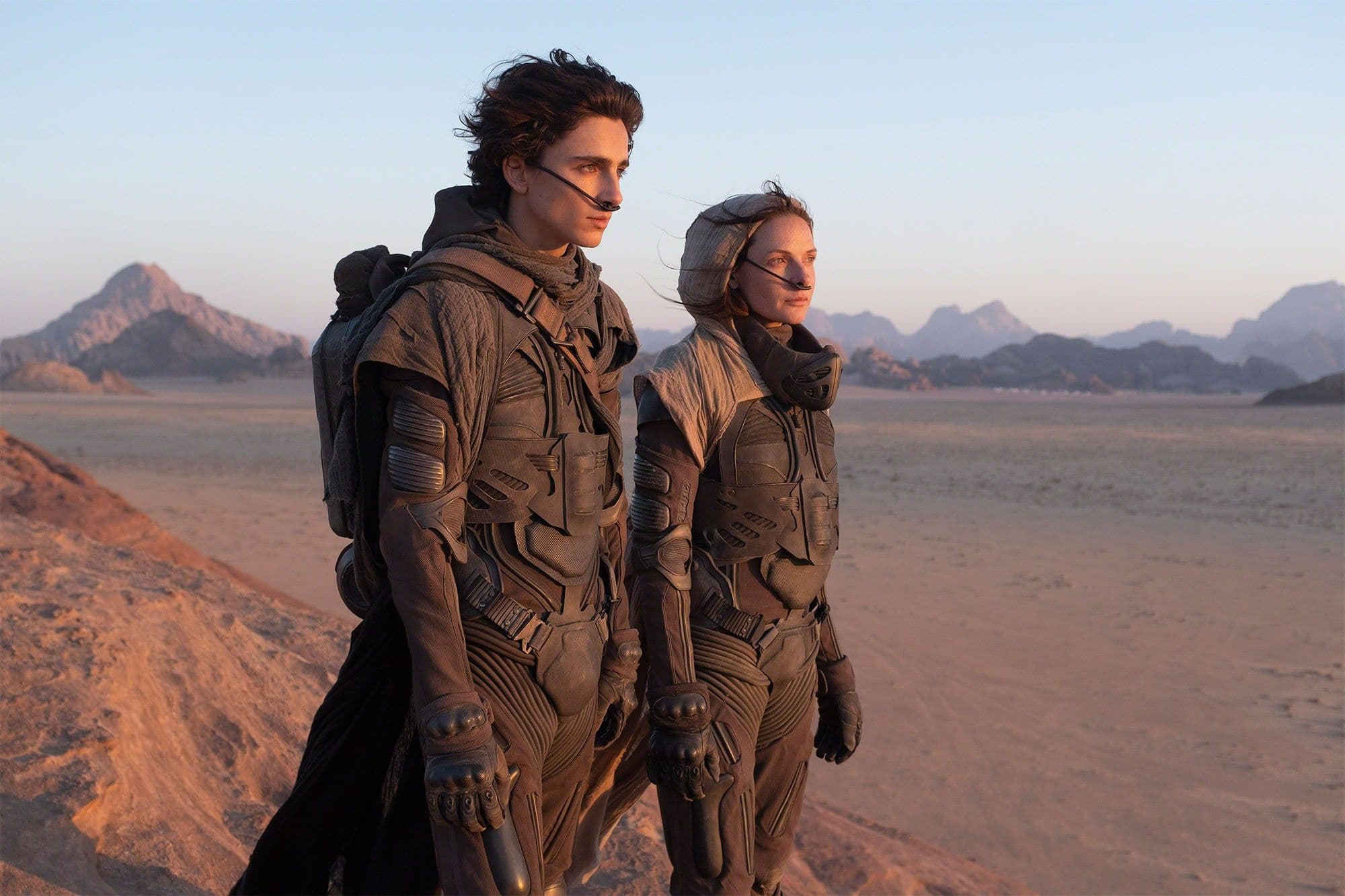

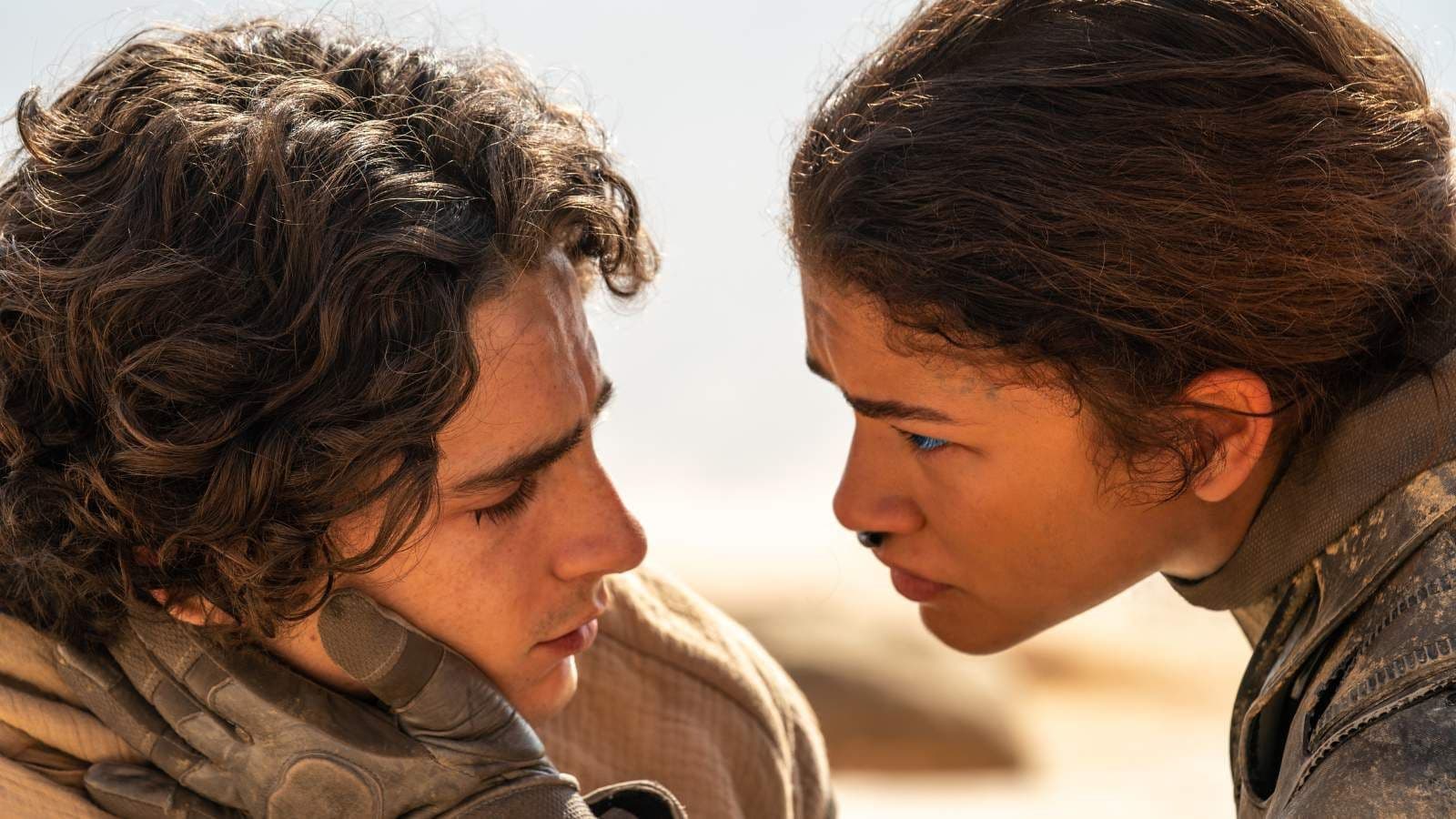



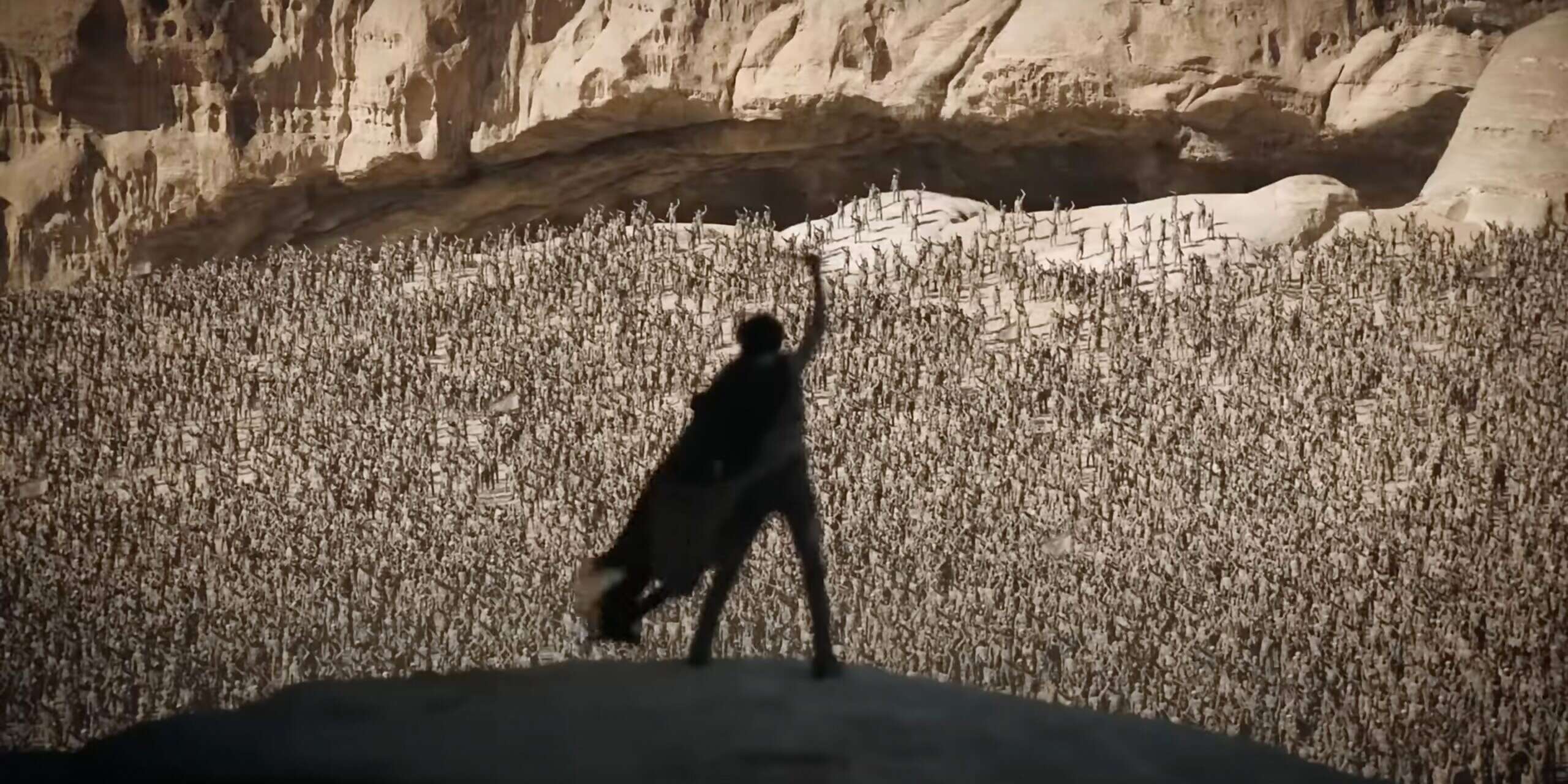

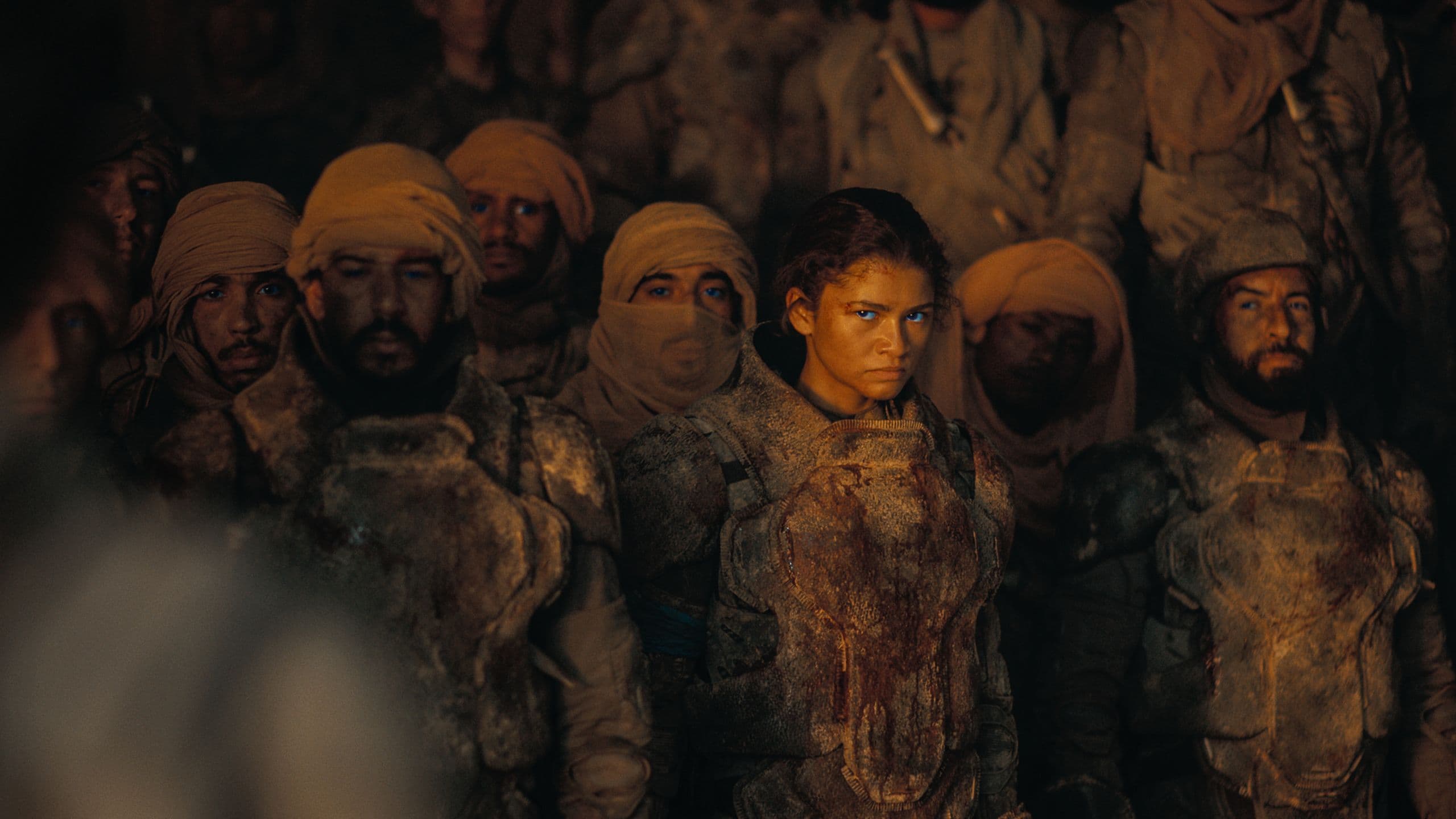



Featured Videos
Official Trailer
Comments
Loading comments...